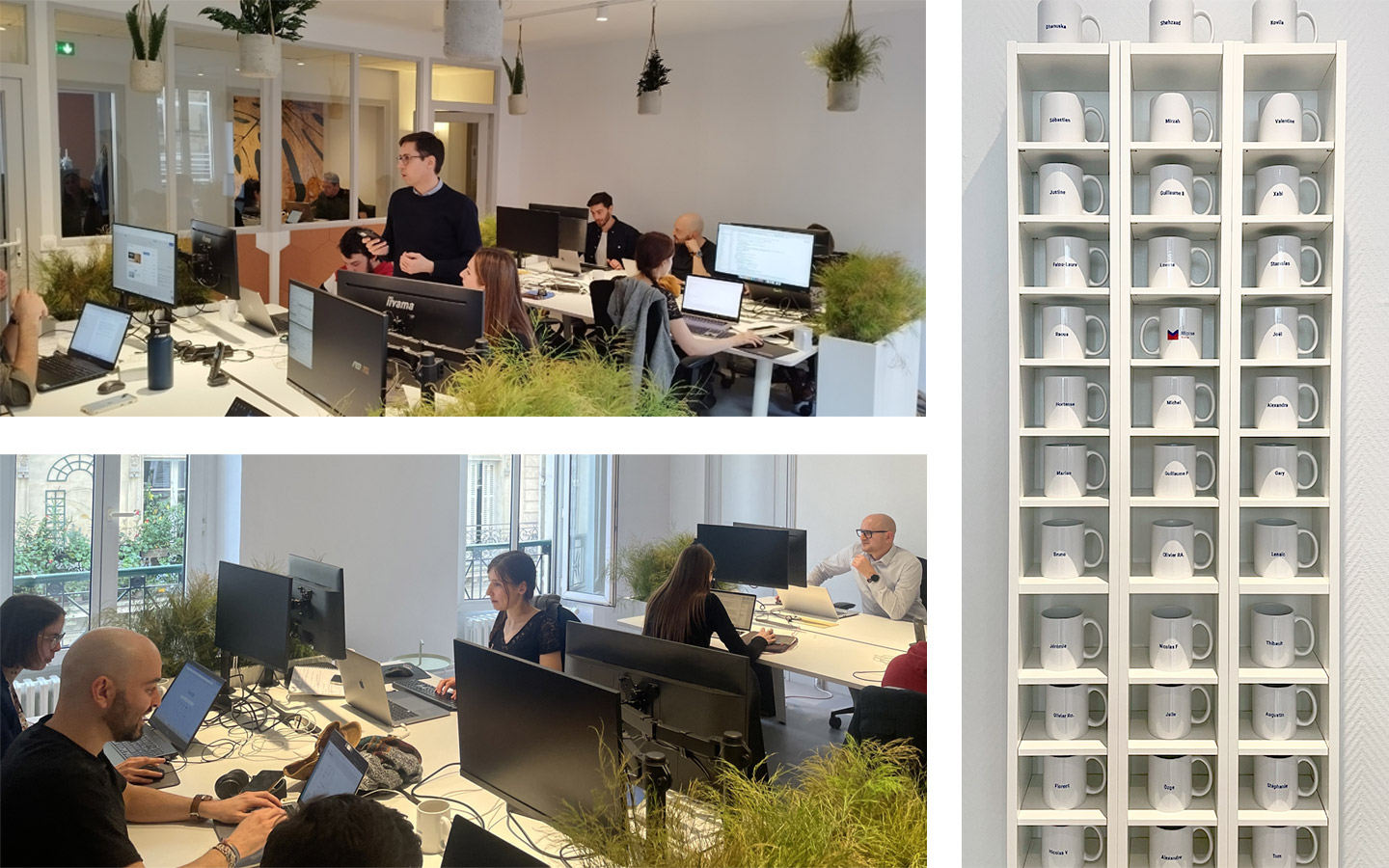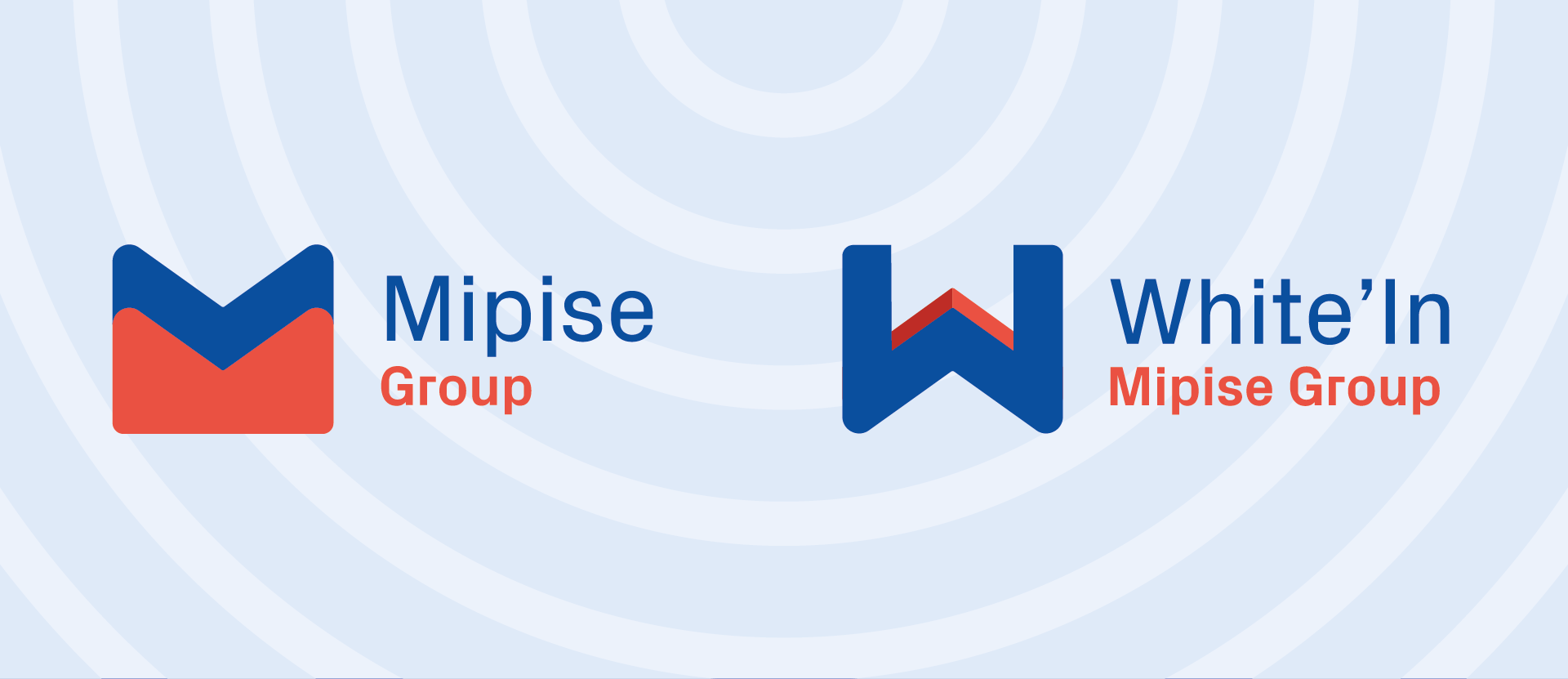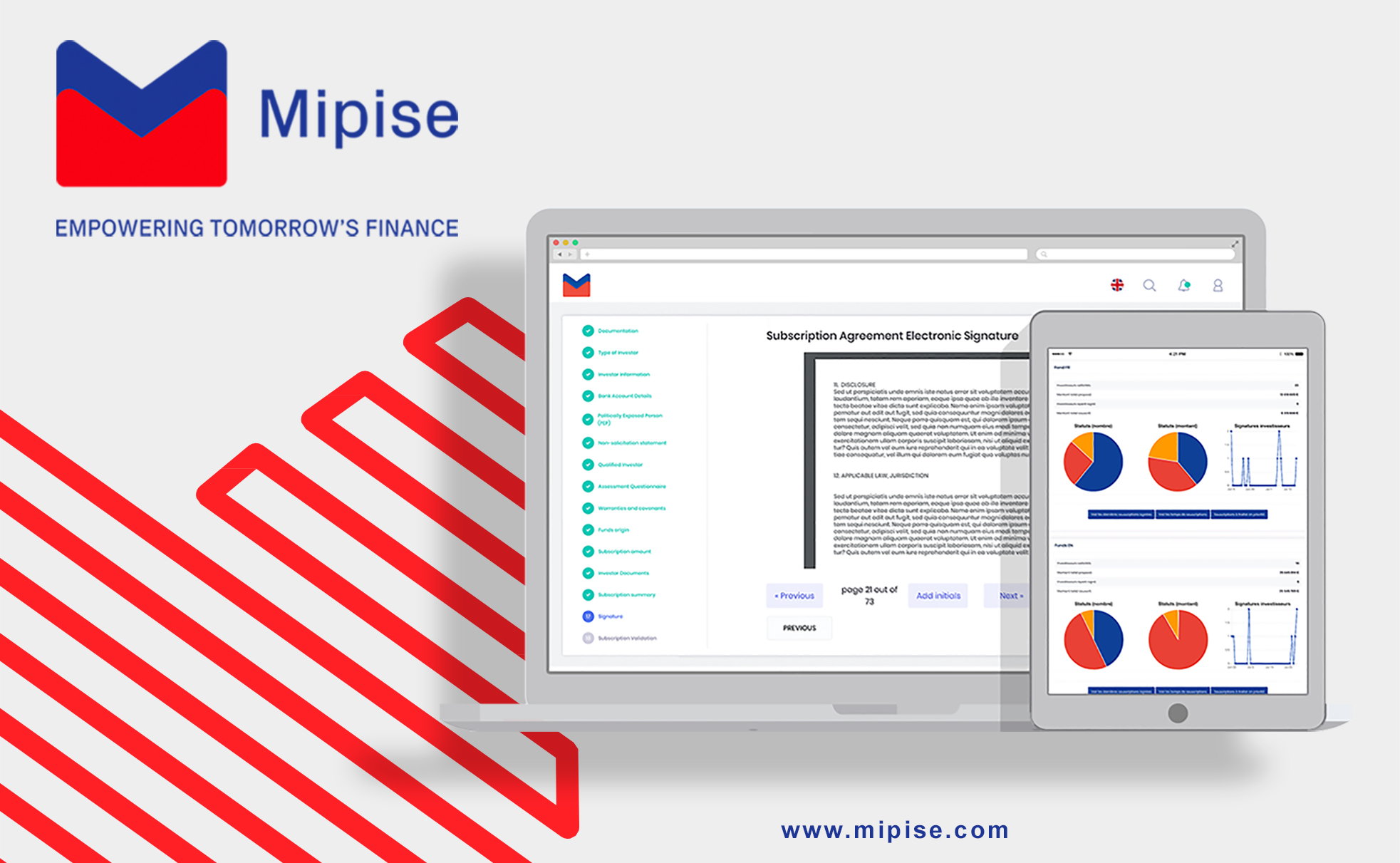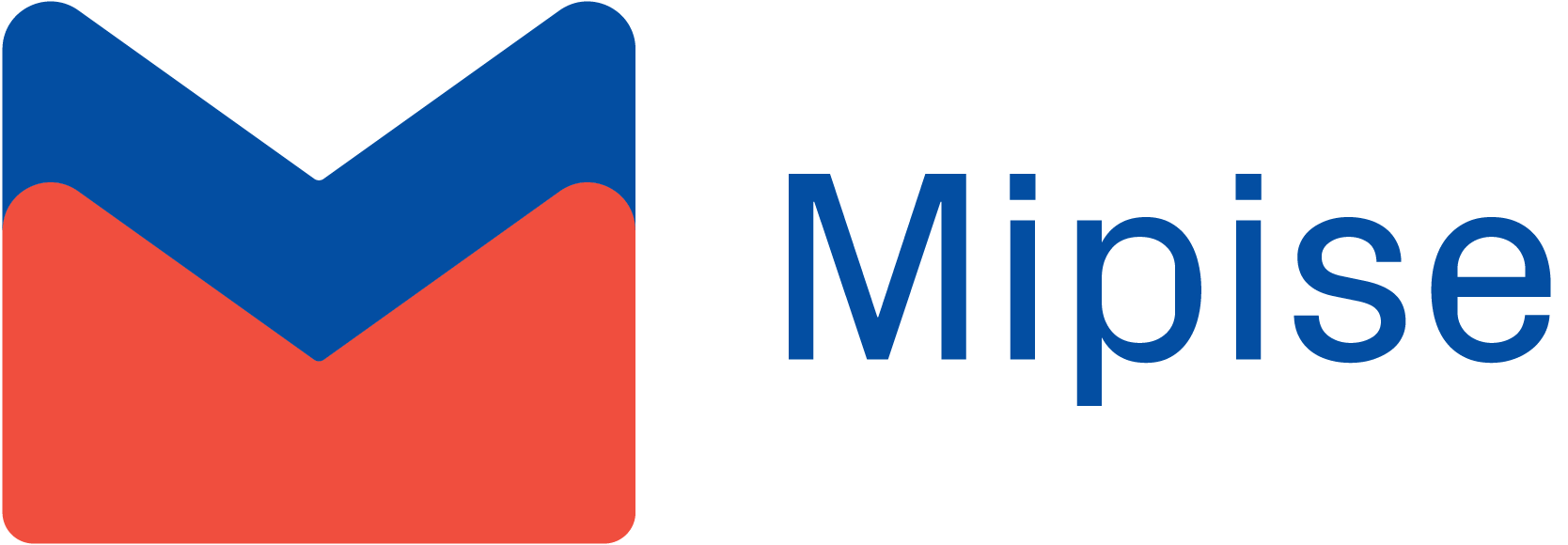Blog

Crowdlending: ideas for building a successful model
What place for Crowdlending in France?
Crowdlending participates in the disintermediation of the economy (Alternative Finance). This movement is driven by strong social trends. It drives new means of investment and communication. It carries the values of the collaborative economy: trust, discussion, sharing, pooling, proximity, ease of use and interaction, and a fun element. It is organised and broadcast thanks to the huge firepower of the internet and social networks.
The Crowdlending market is made up of companies that have been refused bank credit, but are not necessarily bad credit risks. It is also the market of companies that want to communicate differently.
Considering that 1000 billion euros were lent to the French economy in 2018 (of which close to 700 billion was to SME’s or very small businesses) and that 15 % of requests for bank credit were refused by banks (source ECB), we can reasonably think that by capturing only a small portion of the amount of unsuccessful requests, the potential Crowdlending market is worth several billion euros.
The companies directly concerned by Crowdlending are not covered by traditional analytical frameworks. They can be, for example, businesses that momentarily find themselves in a particular situation, or in the termination or taking over of activity, or the startup phase, or that are not in the habit of maintaining records. We can simply add all the companies that have been wrongly refused credit! And finally, we can include businesses that see Crowdlending as a good way of promoting their business and their product and of reaching their first customer base.
Crowdlending, therefore, has its own model. It is not trying to replicate the banking model since it possesses neither the capacity nor the resources. Accordingly, the reduction of lending risk goes through risk analysis associated with the capacity of the Crowdlending platform to bring collective intelligence into play and the closeness of a community, whether it be based on affinity, region or theme. This is where the real scope for differentiation lies. The existence of a savings investment rate higher than that found in traditional financial products is obviously a powerful argument for inciting lenders to participate in a Crowdlending operation. Giving money meaning, helping local companies, encouraging economic development in one’s region, participating in innovative projects and contributing to projects with community interests via Crowdlending represent are also highly motivational.
What model for Crowdlending platforms?
Some are against the model of the major players, general platforms that are often mono-product, and prefer the model of specialist actors, smaller platforms that offer many products.
This opposition seems unproductive to us, or at least very premature in view of the newness of the market. Considering the depth and size of the Crowdlending market, as previously mentioned, there is certainly room for everyone. The knowledge of what exists in countries at a more advanced stage, such as the UK or the Netherlands, suggests that this is the case.
Nevertheless, we can imagine that the market for large general, single-product Crowdlending platforms, subject to high overheads and confronted more directly with competition from banks and/or investment funds, will be concentrated.
As for the market for specialist actors, well-known to MIPISE thanks to its customer platforms, it can still grow and develop on the condition that:
- Marketing and communication costs are limited to what is strictly necessary, making the most of specialist networks and communities and aiming at clearly identified targets.
- Limiting development costs by outsourcing R&D and production IT.
- Varying charges.
- Maximising the values of the collaborative economy.
- Having a stated approach based on affinity, region, community or business.
- Preferring qualitative to quantitative.
- Opting for a differentiated approach to risk.
The best performing platforms for MIPISE clientele have already reached their break-even point.
We have analysed their success factors:
- They propose complete offers: donations, loans, equity, crowdsourcing, and mix/product.
- They successfully interest the borrower, allowing them to finance their project and, at the same time, create a community and/or customer loyalty, collect feedback and ideas, transform contributors into ambassadors, test the market, etc.
- They generate lender interest with sentiments based on community, affinity, mutual aid, implication, freedom of choice, proximity, fun, and trust, rather than just the attraction of high returns.
- They interest the lender through non-academic compensation (e.g. bottles of wine, trips, and vouchers/codes).
- Conscious of the reality of high risk, they try to reduce it through a sound knowledge of their environment, which comes from their specialisation, the making of appropriate guarantees, etc.
- They use the virality of social networks, the collaborative fabric, knowledge sharing and skill mobilisation.
- They grow their ecosystems by making strategic partnerships related to their area of specialisation.
MIPISE indulges in warning the platforms regarding three elements that we have identified as potential setback risks as they are difficult to reconcile with the principles of participative finance:
- The temptation to offer sign-up bonuses to lenders.
- The temptation to practice auto-lending, which consists of automatically distributing funds to projects.
- The temptation to offer lending rates that are too high.
To conclude, the closure of one or two platforms is the opportunity to question and analyse. We should not yield to critical opinions that draw hasty conclusions on the future of Crowdlending. Crowdlending is a young market with real depth and good prospects on the condition that it has its own model, that is a model that is different from the major players of traditional investment (banks and investment funds). As for all developing markets, there are transition phases, moving lines, models that are trying to find themselves, that change, that fail, and that rotate. Let us build the future of participatory funding without losing sight of its intrinsic characteristics, made from collaborative values. In France, platforms are committed to meeting this challenge and developing communities with passion, responsibility, agility and the will to innovate. That is what we see every day.
Michel IVANOVSKY, Chairman and Co-Founder of MIPISE
Jean-Michel ERRERA, Managing Director and Co-Founder of MIPISE






